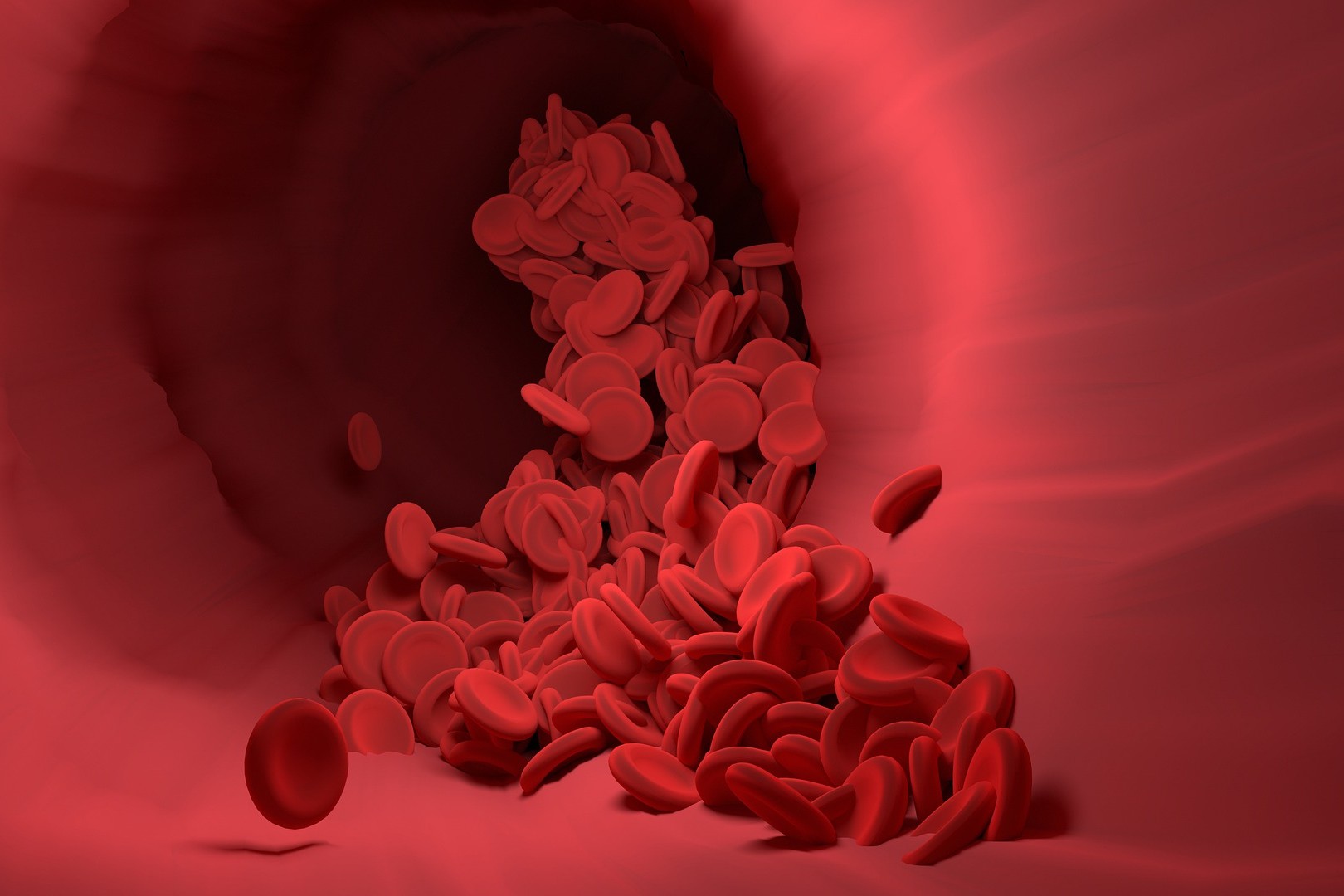Written by Katie Traversino and Edited by Mehr Kaur Bawa

Recently, the cable network CBS aired a 60 Minutes episode in which they interviewed a clinical trial patient that was cured of sickle cell anemia (SCD) through gene therapy [1]. This disease is caused by the distortion of the protein hemoglobin in red blood cells (RBCs) which causes painful clots and the rapid breakdown of RBCs, preventing efficient oxygen transportation. To treat the disease, patients often need to undergo blood transfusions in order to sustain healthy oxygen levels. However, with gene therapy, patients may have the capability of stopping their transfusions of corrected blood cells — shining hope for an SCD cure.
Gene therapy is the technique of correcting mutated genes at specific locations [2]. Currently, autosomal genes, genes not located on sex chromosomes, can be altered. Gene therapy utilizes the efficiency of viruses to transport genes, or, sequences of DNA. The desired human gene is transformed into the virus by merging the host DNA with the new sequence to form recombinant DNA [2]. Viruses naturally spread their genetic information by binding to a receptor on the outside of a cell, like a key fitting into a lock, and releasing their DNA. The cell then replicates the added information which creates more viruses, eventually making the host cell burst. Though seemingly effective, gene therapy is still relatively in its infancy and requires further research to become more widely available and to prove to be of clinical utility.
Since SCD is caused by abnormal oxygen-carrying proteins in red blood cells, patients with this disease have to undergo invasive treatments to sustain their health and to receive enough oxygen throughout the body [3]. The current standard treatment to introduce a source of healthy RBCs is blood and bone marrow transplants from specifically matched donors. In preparation for this treatment, the patient undergoes radiation to kill the abnormal stem cells that are creating the sickle RBCs and to weaken their immune system so their body does not reject the donated cells [3]. After going through this procedure, the donor stem cells are then injected into the patient’s vein where they travel to the bone marrow and produce new and healthy RBCs. If new gene therapy techniques prove to be efficacious, scientists no longer have to rely on finding compatible donors [4]. Moreover, patients may no longer have to be vulnerable to organ damage and mortality due to transfusion rejections [4].
The SCD mutation is caused by a simple substitution of a DNA building block, or nucleotide. This substitution of a nucleotide carries over when that portion of the DNA is made into a protein, causing a change in the protein’s structure [5]. HIV (Human Immunodeficiency Virus) is used to convert the anti-sickling globin gene into stem cells which are used to make blood cells [4]. To correct the genetic information, directed repair is applied, while the infectious property of HIV is removed [5]. The enzyme nuclease cuts the DNA, like scissors, at the desired region of the viruses’ genetic information. Another enzyme, ligase, then attaches the provided donor template to the broken region. Based on the template, the ligase also integrates nucleotides into the strand and seals the breaks like glue. This process occurs ex vivo, or, outside of the patient [5]. The modified stem cells are then returned to the patient.
The replacement of sickle cells with healthy red blood cells is naturally maintained due to the stability of RBCs [3]. In the clinical trials, the modified stem cells acted independently without intervention– the donor cells sustainably and continuously produced healthy red blood cells in patients. Considering this leap for sickle cell treatment, there is great hope for curing other recessive genetic illnesses like cystic fibrosis, hemophilia, B-thalassemia, and muscular dystrophy. Unfortunately, there are limitations to gene therapy. The high cost of ex vivo introduction of foreign DNA is labor-intensive and produces low yields [5]. Hopefully, in the future, researchers can move towards in vivo therapy to avoid rejection of the stem cells, despite belonging to the patient, and make transduction techniques more efficient.
References:
[1] LaPook, Jon. “Could Gene Therapy Cure Sickle Cell Anemia?” CBS News, CBS Interactive, 29 Dec. 2019, https://www.cbsnews.com/video/could-gene-therapy-cure-sickle-cell-anemia-60-minutes-2019-12-29/
[2] Goncalves, G., Paiva, R. (2017). Gene therapy: advances, challenges and perspectives. Einstein (Sao Paulo), 15: 369-375.
[3] U.S. Department of Health and Human Services.“Blood and Bone Marrow Transplant.” National Heart Lung and Blood Institute, n.d., https://www.nhlbi.nih.gov/health-topics/blood-and-bone-marrow-transplant
[4] Ikawa, Y., Miccio, A., Kwiatkowski, J.L., Rivella, S., Cavazzana, M. (2019). Gene therapy of hemoglobinopathies: progress and future challenges. Human Molecular Genetics, 28: 24-30.
[5] Orkin, S.H., Bauer, D.E. (2019). Emerging Genetic Therapy for Sickle Cell Disease. Annual Review of Medicine, 70: 257–271.
